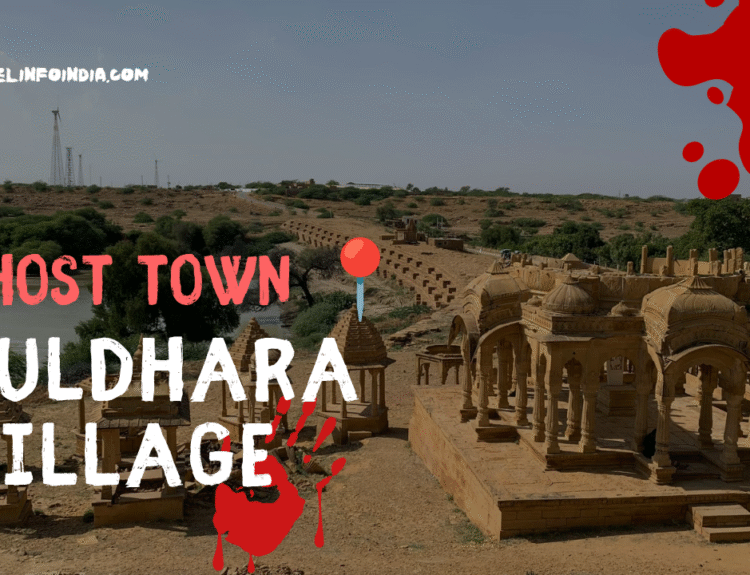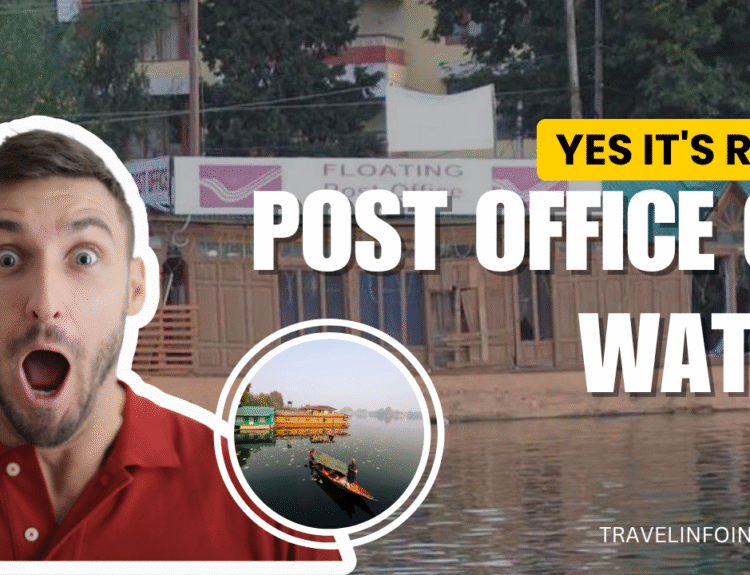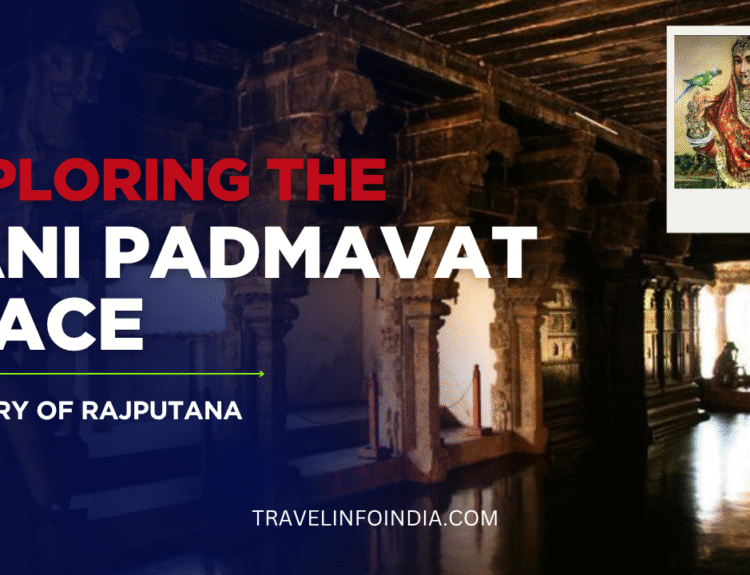Top 7 Mega Airports That Feel Like Cities
Here’s a curated guide to the top 7 mega airports across continents that deliver experiences on par with city life, complete with location, costs, and insider.
Mega airports are not just about size—they’re about scale, services, and atmosphere. With over 50 km of grounds, multiple terminals, tens of millions of yearly passengers, and infrastructure like hotels, gardens, and entertainment, these hubs feel like cities.
Top 7 Mega Airports
Expect everything from airport spas to retail streets, transit systems, and even urban art installations.
1. King Fahd International Airport (Dammam, Saudi Arabia)
-
Location: Dammam, Eastern Province, Saudi Arabia
-
Area: ~780 km² (largest in world)
-
Annual Passengers: ~10 million now; built for expansion
-
Highlights: Three terminals including a royal VIP terminal, panoramic mosques, medical facilities, childcare rooms, duty‑free malls and massive landscaped areas.
-
Estimated Cost: ~$3 billion for initial construction (~Rs 25–30k crore)

2. Denver International Airport (DEN) (Colorado, USA)
-
Location: Denver, Colorado, USA
-
Area: 136 km²—largest in North America
-
Annual Passengers: ~69 million (2022 data)
-
Highlights: Iconic peaked tent roof (evoking Rocky Mountains), multiple yoga studios, massage chairs, private shower rentals, vegan cafés, and extensive public art including the infamous “Blue Mustang” statue.
-
Estimated Cost: Built in 1995 for ~$4.8 billion (today’s value ~₹40,000 crore)
.webp)
3. Dallas/Fort Worth International Airport (DFW) (Texas, USA)
-
Location: Dallas–Fort Worth metro, Texas, USA
-
Area: ~69.6 km²
-
Annual Passengers: ~73 million (2022) LA
-
Highlights: Five terminals, SkyLink automated train, retail labyrinths, on‑site hotel, airline corporate campuses—a built‑in travel ecosystem.
-
Estimated Cost: ~$2.5 billion originally, expansions since then (₹20k–₹25k crore)

4. Beijing Daxing International Airport (Beijing, China)
-
Location: Beijing–Langfang border, China
-
Area: ~47 km²; terminal ~700,000 m
-
Highlights: Designed like a golden starfish to minimize walking distances; fully automated baggage and check‑in, high‑speed rail link, solar panels, environmental systems.
-
Built Cost: CN¥ 80 billion (~$11.4 billion / ₹90,000 crore)

5. Dubai International Airport (DXB) (Dubai, UAE)
-
Location: Al Garhoud, Dubai, UAE
-
Area: ~29 km² (Terminal 3 is world’s 3rd largest building)
-
Annual Passengers: 92.3 million in 2024; projected ~96M in 2025, headed to 100M in 2026
-
Highlights: Terminal 3 dedicated to Emirates; massive duty‑free shopping, luxury lounges, indoor hotels, solar energy infrastructure, transit hotel, spa, and a full urban experience under one roof.
-
Ongoing Expansion: $35 billion investment in new Al Maktoum International (DWC) that will surpass all others by 2032 with capacity of ~260 million passengers.

6. Hartsfield–Jackson Atlanta International Airport (ATL) (Georgia, USA)
-
Location: Atlanta, Georgia, USA
-
Area: ~~19 km² (~4,700 acres)
-
Annual Passengers: 108.1 million in 2024 (world’s busiest)
-
Highlights: Five parallel runways, domestic and international terminals, in‑airport ride‑sharing zones, MARTA rail link, corporate hubs, on‑site medical, pet‑care, retail outlets.
-
Estimated Investment: ~$3 billion originally; continuous upgrades (₹25k+ crore cumulatively)
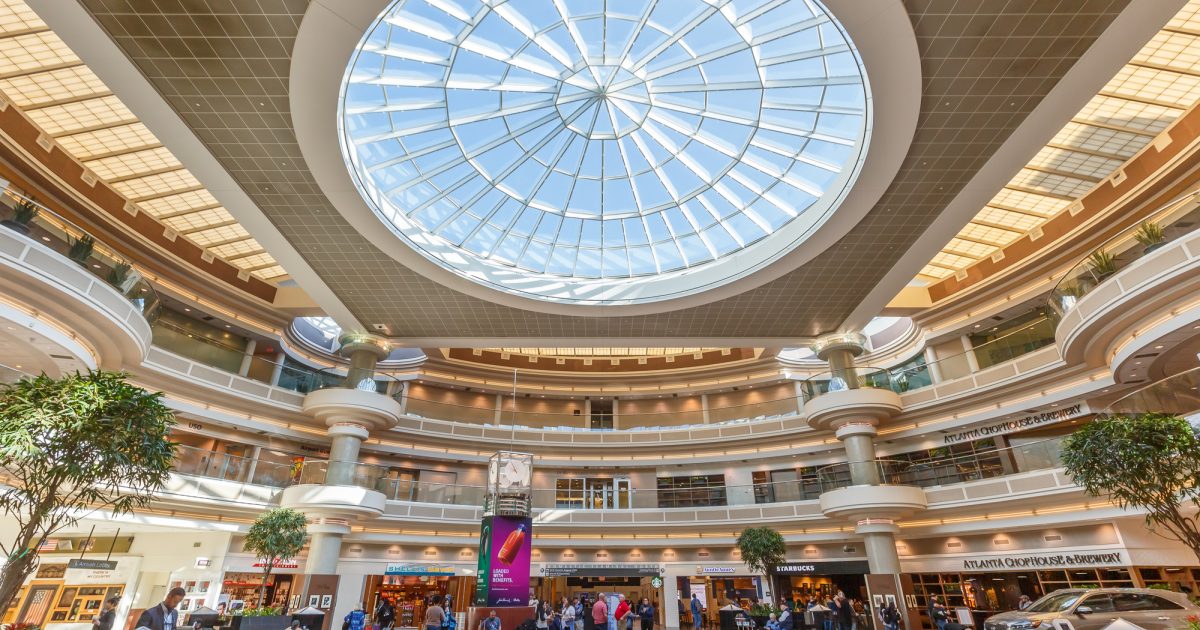
7. Istanbul Airport (IST) (Istanbul, Turkey)
-
Location: European side of Istanbul, Turkey
-
Area: ~76.5 km²; second‐largest in Europe
-
Annual Capacity: ~90 million passengers (projected to 200M)
-
Highlights: Gigantic central hub acting as continental bridge between Europe and Asia. High‑speed rail, lounges, Turkish baths, extensive shopping, gardens, and integrated transit.
-
Estimated Cost:
(₹100,000 crore) in phased development
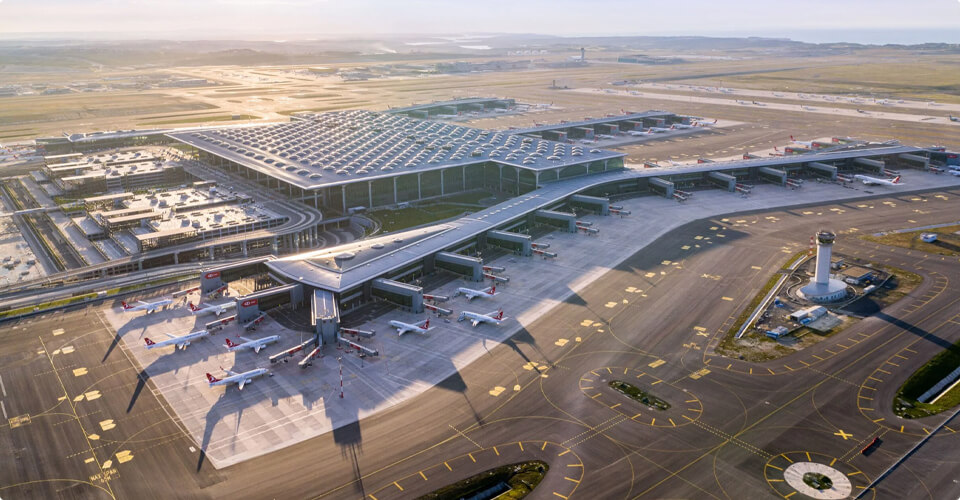
Internal & External Links
-
Learn more about future airport expansions: Warsaw Solidarity Airport and Saudi Arabia’s King Salman International Airport
-
Read on Dubai’s record traffic surge in 2024 at DXB apnews.com
-
Explore the architectural marvel of Beijing Daxing International Airport
Top 7 Mega Airports That Feel Like Cities
Why are these airports called “mega airports”?
A: Because their area spans tens to hundreds of km², handle tens of millions of passengers yearly, and contain self‑contained infrastructure—lounges, hotels, train links, medical centers, shopping zones—making them more like mini cities.
Are tickets or travel costs higher for these mega hubs?
A: Ticket costs vary by route, season, and airline, not airport size. However, these airports often offer more luxury services (lounges, spa access, retail) that may increase incidental spending but not flight fares.
Can I visit these airports for free tours or attractions?
A: Some airports like Dubai (DXB) offer free art galleries and indoor gardens accessible to public transit users. Denver (DEN) occasionally hosts yoga or wellness classes. Always check airport websites for public‑access zones.
Which airport is best for transit or layovers?
A: For a transit experience, Dubai International (DXB) and Singapore Changi (also a mega airport, but not in our top‑7) are known for transit‑friendly amenities: nap rooms, shopping, cultural exhibits, gardens, and even cinema.
Airports are no longer just transit points — they’ve evolved into urban marvels with their own ecosystems. Today’s mega airports feature sprawling terminals, luxury hotels, shopping malls, business hubs, and even wellness spas, making them feel more like miniature cities than conventional travel hubs.
In this blog, we take you through 7 mega airports across the world that are so massive, so self-sufficient, and so immersive that you may forget you’re not in a city. We’ll explore their location, cost of construction, passenger stats, and what makes each one a destination in itself.


